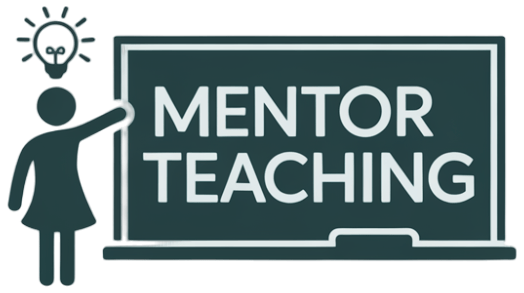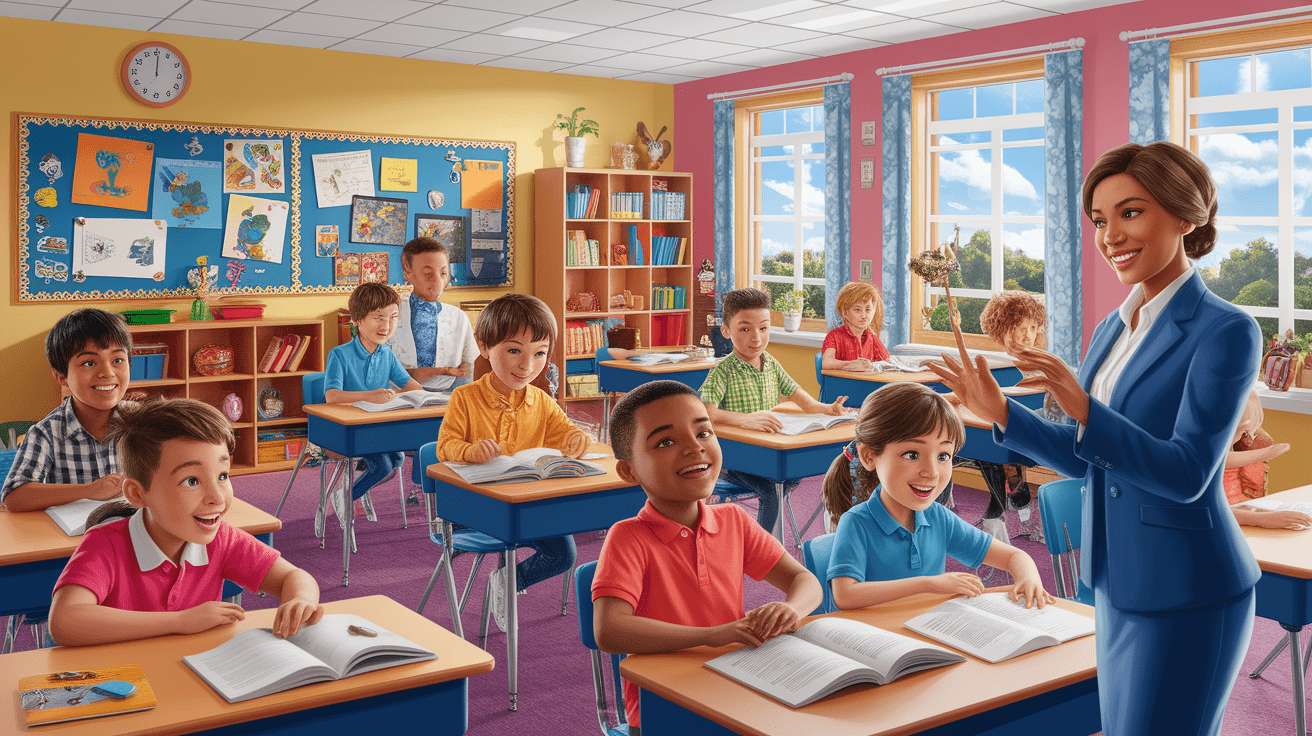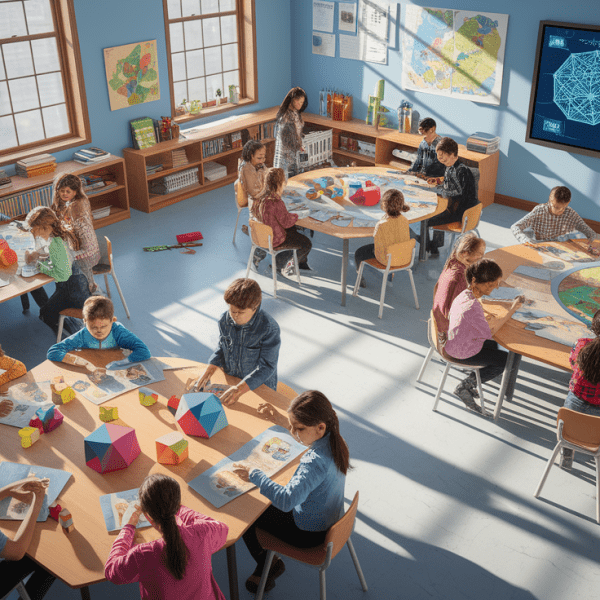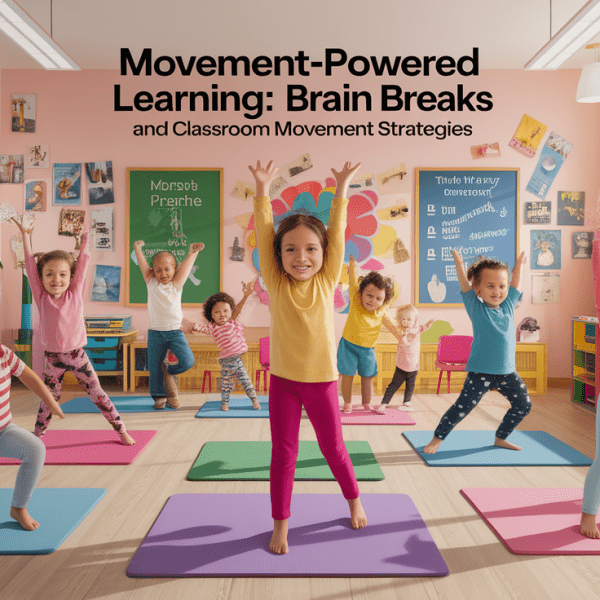Kickstarting Smooth Transitions
Picture this: the bell rings for the next lesson, and within moments your class shifts gears with the grace of a well-practiced orchestra. No chaos, no confusion—just pure classroom flow. That’s the magic of transition routines. These structured procedures guide students from one activity to the next while keeping minds focused and bodies calm. When transitions are smooth, teachers reclaim precious instructional minutes, students stay engaged, and the learning environment hums along like a well-tuned engine.

From entering the classroom to switching between subjects, transitions are tiny moments with big impact. By kicking off with clear signals and expectations, you set the stage for an organized day where every second—yes, even those between activities—pushes your students toward success.
Core Components of Effective Routines
At the heart of effective transition routines are a few key ingredients: clarity, consistency, and creativity. Clarity means students know exactly what is expected during each shift. Consistency ensures these moments happen the same way each time, building predictability and reducing anxiety. And creativity? That’s where fun cues, movement procedures, and attention getters make transitions feel less like logistics and more like enjoyable parts of the day.
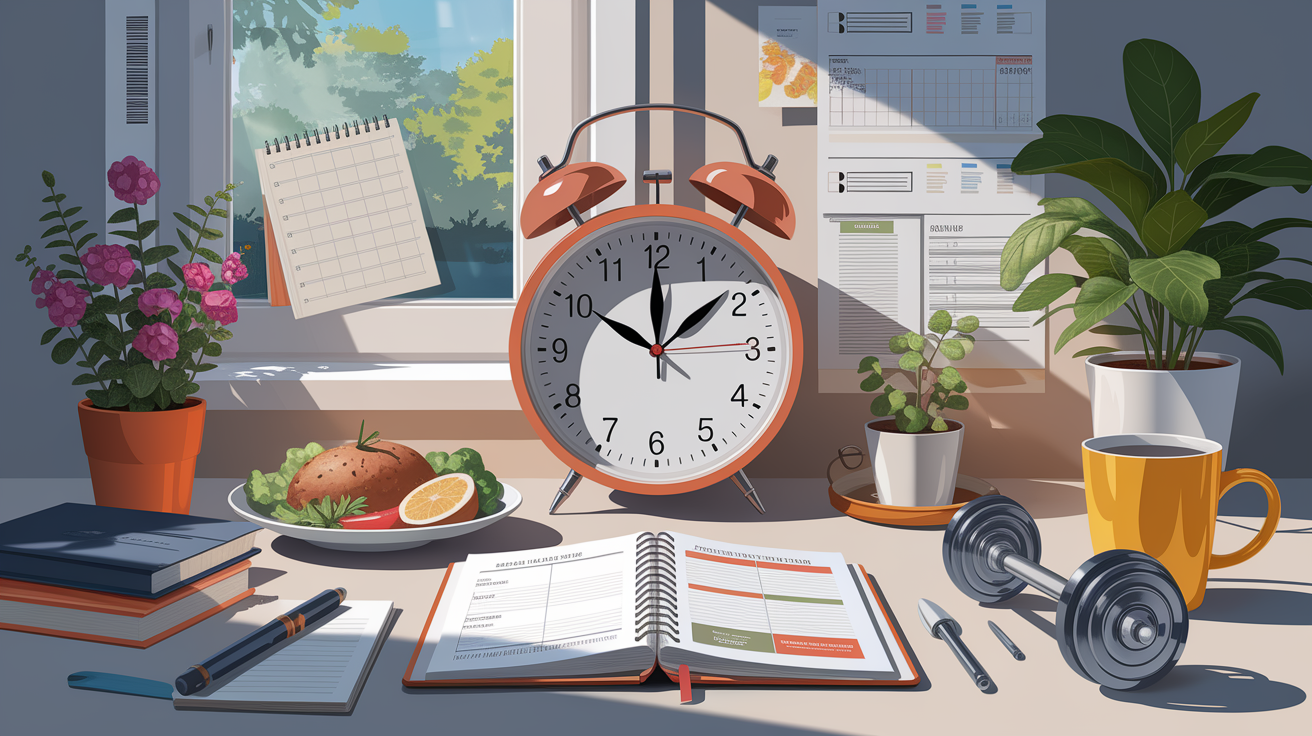
- Clear expectations: Define the desired student behavior for each transition.
- Consistent procedures: Use the same steps every time to build a reliable classroom rhythm.
- Effective signals: Employ cues such as visual aids, chimes, or call-and-response prompts, as described in effective classroom transition strategies.
- Positive reinforcement: Reward smooth transitions to motivate and encourage students.
Step-by-Step Implementation Guide
Implementing transition routines doesn’t have to be overwhelming. Here’s a friendly teacher-tested roadmap to make it happen:
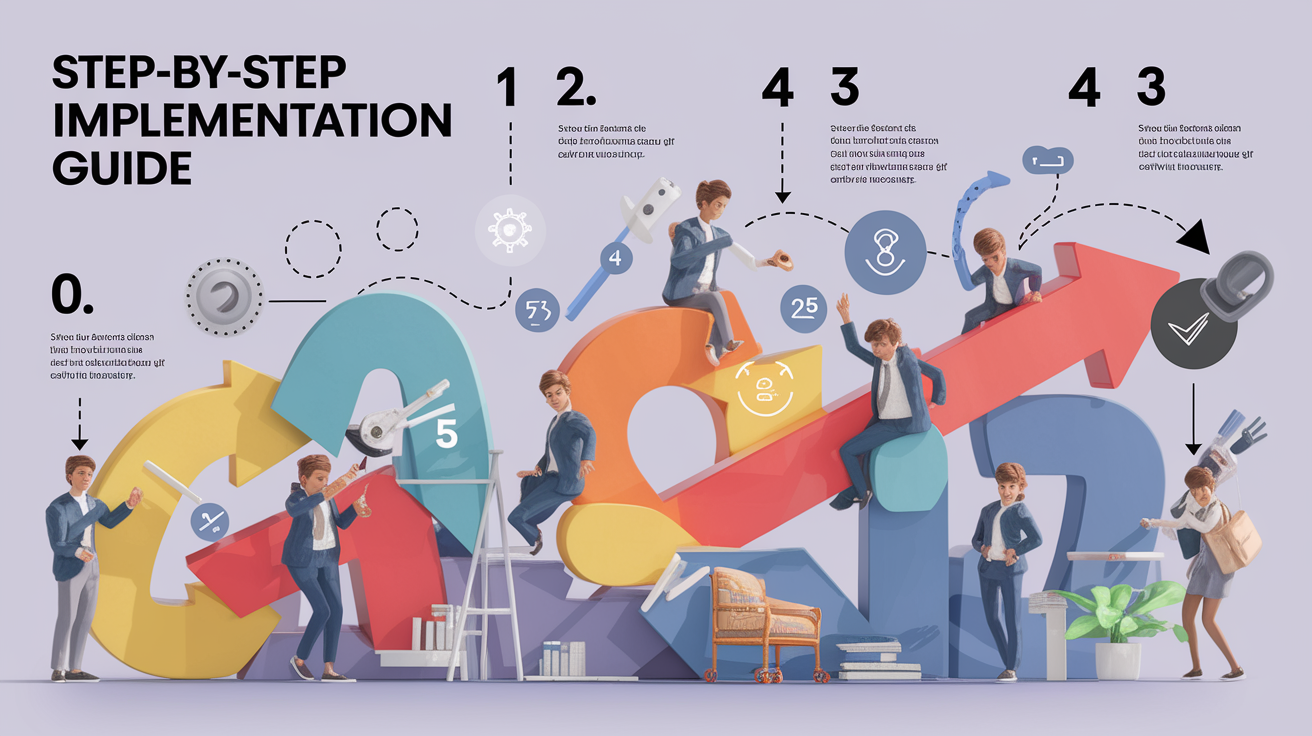
- Observe and identify needs: Look for points in the day where students lose instructional time. Sites like Responsive Classroom suggest first understanding your classroom’s unique transition challenges.
- Design clear procedures: Write down exact steps for each transition—think “stand up, push chairs in, walk to carpet, sit crisscross.”
- Choose cues: Select fun and consistent signals, from a gentle chime to a quirky hand motion.
- Teach and practice: Just like academic content, routines need direct instruction and rehearsal. Try role-playing transitions with students for extra engagement.
- Monitor and adjust: Reflect weekly. Are transitions smoother? Is instructional pacing tighter? Make tweaks as needed.
Sample Routines for Common Transitions
Need inspiration? Here are some tested routines for three key types of transitions as outlined in classroom transitions examples:
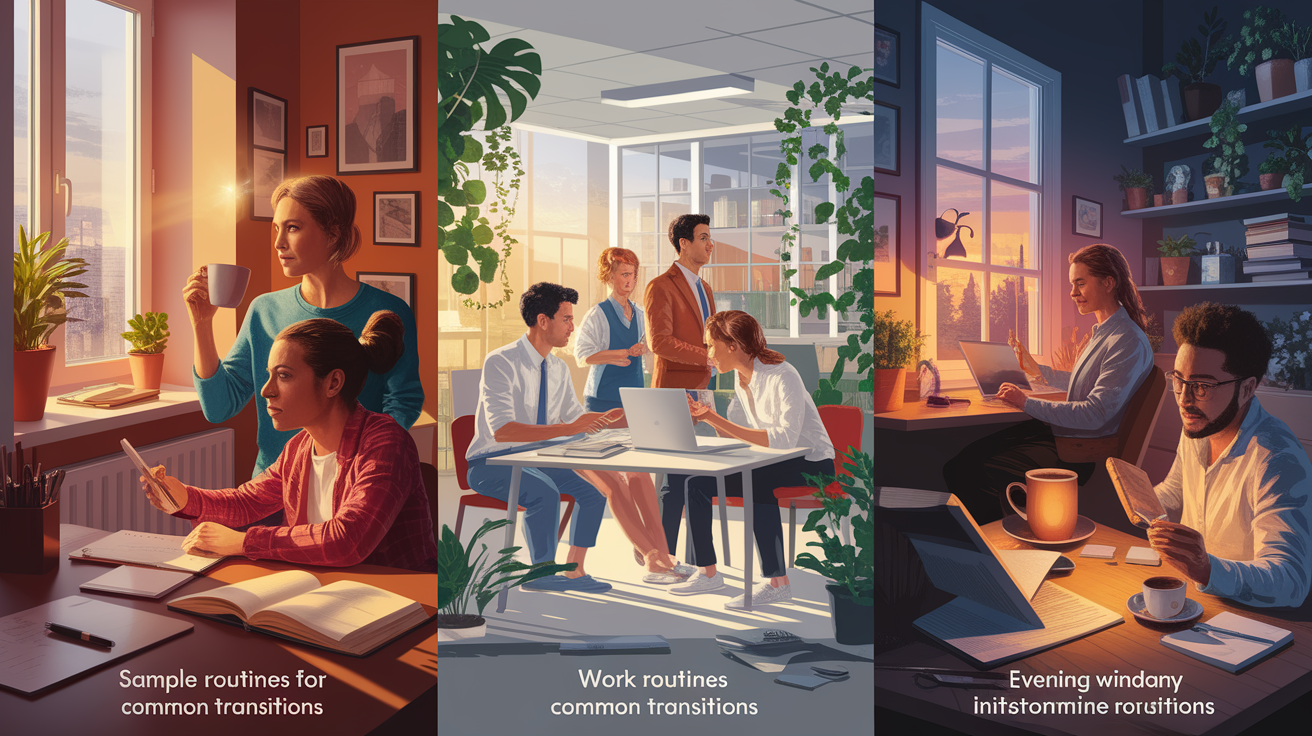
- Entering the classroom: Greet at the door, students place belongings in designated spots, proceed directly to their workstations.
- Switching between subjects: Students quietly store current materials, retrieve next subject’s tools from labeled bins, and begin with a short warm-up task.
- Exiting the classroom: Conduct a brief wrap-up discussion, ensure all materials are stored, line up in a calm manner before moving to the next destination.
These routines minimize distractions and keep transitions under a few minutes, protecting valuable instructional time and maintaining an organized classroom environment.
Sustaining Smooth Flow
Establishing routines is step one—keeping them fresh and effective is step two. Students thrive on predictability but can also benefit from periodic adjustments to prevent boredom. Rotate attention getters, incorporate quick physical breaks, or even let students suggest transition cues for the week. Tools like timers and creative signals can help sustain efficiency, ensuring transitions remain part of your overall classroom management practices.
Keep the routine reinforcement positive—celebrate quick transitions with fun praise or mini rewards. And remember, an engaged classroom is an orderly classroom, so weaving in engagement strategies directly into transitions will always pay off.
Triumph of Timely Transitions
Timely, structured transitions are more than just classroom “in-between” moments—they’re powerful classroom procedures that protect instructional time and promote student focus. As noted in educational best practices for transitions, even saving 10 minutes a day can translate into dozens of extra hours of learning over the year. That’s a huge boost to academic achievement and classroom flow.
When students know exactly how to move between activities, the day runs predictably, energy stays high, and learning becomes the true center of classroom life. That’s the triumph—smooth, consistent transitions empowering teachers and students alike.
